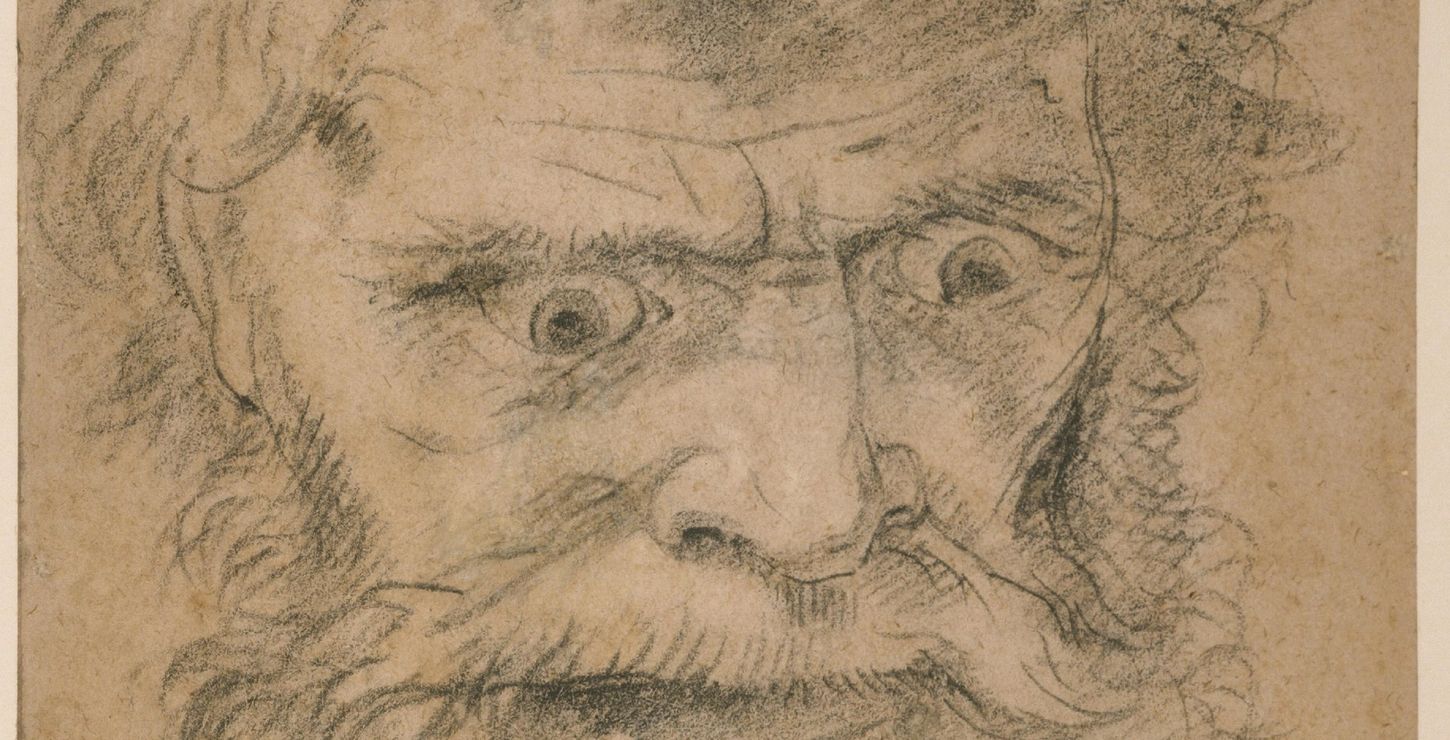Main Building
Pietro Testa, one of the most remarkable artists in the circle of Nicolas Poussin, was an enigmatic and melancholic painter active in Rome from about 1630 until his early death--probably by his own hand--in 1650. During his short career he became famous for the inventiveness and technical brio of his prints and drawings, which constitute his most important artistic contribution. Following the seventeenth-century, however, Testa's reputation suffered a decline, partly because of the complexities of his personality and the circumstances of his death, and partly because the demanding theoretical programs of his prints caused them to be misunderstood as extravagant and irrational fantasies. Instead, Testa was dedicated to an art that was rational, moral, and part of the great Italian tradition nurtured by the Carracci Academy, as witnessed by his meditative process of invention, his careful preparation through drawings for work on the plate, his mastery of chiaroscuro, and his creative exploration of a lifetime's study of antiquity. He was, moreover, a genuine independent, almost in the modern sense, working for himself more than for others and often looking for patrons to whom he could dedicate his prints only after he had produced ambitious and time-consuming inventions on the plate. The exhibition and catalogue should reestablish Testa's rightful reputation among the premier draftsmen and etchers of Baroque Italy. This exhibition will gather together Testa's thirty-eight known prints, accompanied by about seventy drawings--primarily preparatory studies for the prints but also including several independent sheets of high quality--and five canvases to help expand our understanding of the range and ingenuity of his work. Loans from the Louvre, the British Museum, the Uffizi, the Albertina, Windsor Castle, the Metropolitan Museum of Art, the Pierpont Morgan Library, and the J. Paul Getty Museum will permit the inclusion of the best available impressions. The catalogue of the exhibition, written by Dr. Elizabeth Cropper, the internationally recognized expert on the work of Pietro Testa, will serve as the catalogue raisonne for the artist's prints; it will also make an important contribution both to Italian Baroque studies and the history of printmaking. The body of the catalogue lucidly traces the development of Testa's graphic style from his earliest prints of religious subjects through the richly inventive and complex mythological landscapes of the 1630s to the great poetic fictions of the 1640s, in which the artist embodied grand philosophical themes, using increasingly advanced technical experimentation to achieve his desired visual effects. It concludes with an examination of the last phase of his career, wherein he developed new narrative techniques to produce images that were rigorously classical. The introduction to the catalogue examines Testa's influence and critical reputation since the seventeenth century and provides new interpretation of the development of his style out of the Bolognese tradition of the Carracci Academy, combining a mastery of Annibale's Roman grand manner with a particular ability to express powerful emotions in tableaux of tragic intensity. Three supporting essays by Dr. Charles Dempsey and other scholars help to place Testa's art in the theoretical, intellectual, and economic context of his time.
Itinerary
Philadelphia Museum of Art
Arthur M. Sackler Museum, Cambridge, Massachusetts
